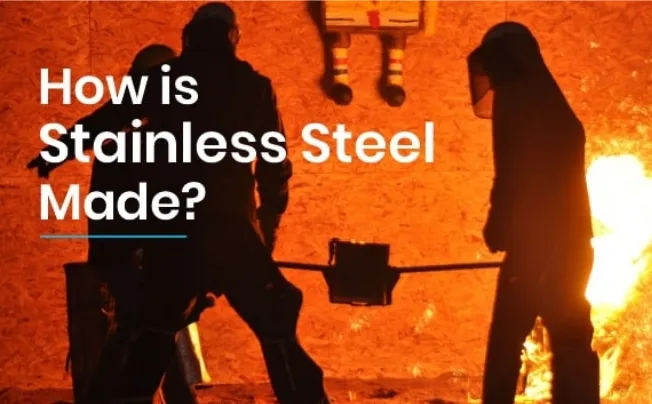Raw Materials Needed When Making Stainless Steel
Stainless steels are made of some of the basic elements found in the earth: iron ore, chromium, silicon, nickel, carbon, nitrogen, and manganese. The properties of the final alloy are tailored by varying the amounts of these elements.
Manufacturing Process: How Is Stainless Steel Made?
Once the raw materials are gathered, the rest of the stainless steel manufacturing process can begin. Generally speaking, it involves a series of processes.
Step 1: Melting
First, the raw materials—iron ore, chromium, silicon, nickel, etc.—are melted together in an electric furnace. This step usually involves 8 to 12 hours of intense heat. Once the metal is molten, stainless steel manufacturing can proceed to the next step.
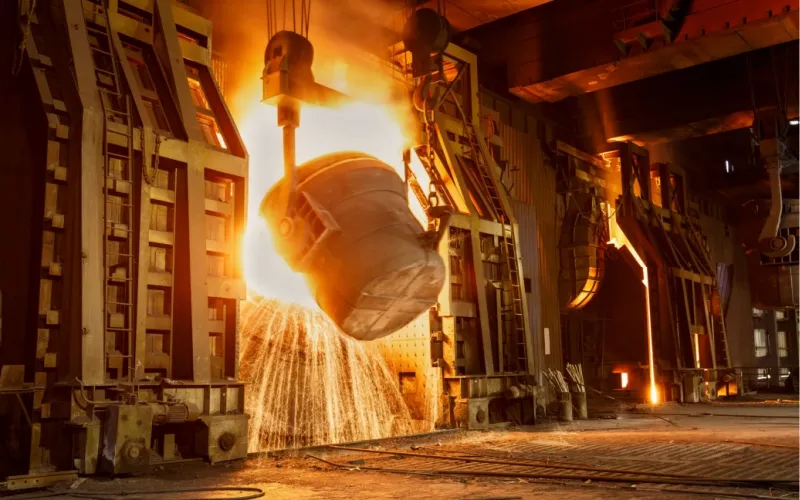
Step 2: Removing Carbon Content
Carbon helps to increase the hardness and strength of iron. However, too much carbon can create problems—such as carbide precipitation during welding. Before casting molten stainless steel, calibration and reduction of carbon content to the proper level is essential.
There are two ways foundries control carbon content.
The first is through Argon Oxygen Decarburization (AOD). Injecting an argon gas mixture into the molten steel reduces carbon content with minimal loss of other essential elements.
The other method used is Vacuum Oxygen Decarburization (VOD). In this method, molten steel is transferred to another chamber where oxygen is injected into the steel while heat is applied. A vacuum then removes vented gases from the chamber, further reducing carbon content.
Both methods offer precise control of carbon content to ensure a proper mixture and exact characteristics in the final stainless steel product.
Step 3: Tuning
To help fine-tune the quality of the final product, the molten steel may be stirred to help distribute and/or remove specific stainless steel components from the mixture. This helps to ensure that the stainless steel is of uniform quality and will meet the specifications required by end users.
Step 4: Forming or Casting
Now the molten steel is cast into forms. These forms can be shaped in:
Blooms (rectangular shapes)
Billets (round or square shapes)
Slabs
Rods
Tubes
From here steps will differ depending on the intended grade and final product or function. It might go through some of these steps multiple times to create the desired appearance or characteristics.
Step 5: Hot Rolling
Hot rolling occurs at a temperature above the recrystallization temperature of the steel, which helps to set the rough physical dimensions of the steel. The precise temperature depends on the desired stainless steel grade. In most cases, this will involve rolling through multiple mills over time to achieve the desired thickness.
Step 6: Cold Rolling
Often used when precision is required, cold rolling occurs below the recrystallization temperature of the steel. It is carried out using small-diameter rolls and a series of supporting rolls. This process allows the production of wide sheets with improved surface finishes.
Want to know difference between hot rolling and cold rolling, see our blog: What Are the Differences between Hot Rolling and Cold Rolling?
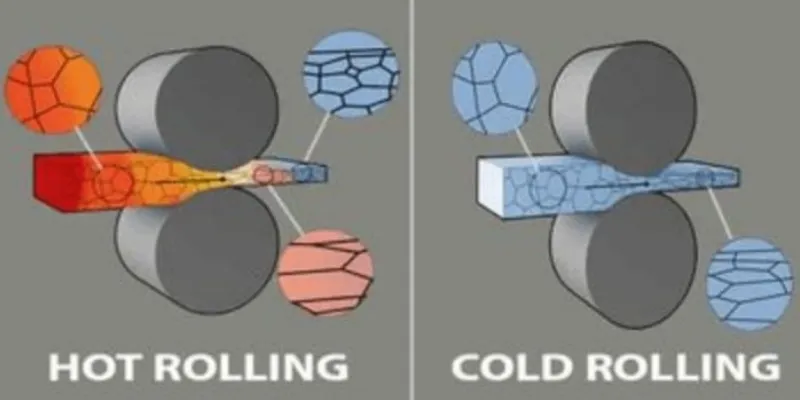
Step 7: Annealing
After rolling, most stainless steel undergoes an annealing process. This involves controlled heating and cooling cycles. These cycles help to soften steel and relieve internal stress.
The exact temperatures and times involved will depend on the grade of steel, with both heating and cooling rates impacting the final product.
Step 8: Descaling or Pickling
Annealing causes a scale or build-up to form on the stainless steel. The scale can be removed using several processes. One of the most common methods, pickling, uses a nitric-hydrofluoric acid bath to descale the steel. In another method, electro-cleaning, an electric current is applied to the surface using a cathode and phosphoric acid, and the scale is removed.
The annealing and descaling steps occur at different stages depending on the type of steel being worked. Bar and wire, for instance, go through further forming steps (more hot rolling, forging, or extruding) after the initial hot rolling before being annealed and descaled. Sheet and strip, on the other hand, go through an initial annealing and descaling step immediately after hot rolling. After cold rolling (passing through rolls at a relatively low temperature), which produces a further reduction in thickness, the sheet and strip are annealed and descaled again. A final cold rolling step then prepares the steel for final processing.
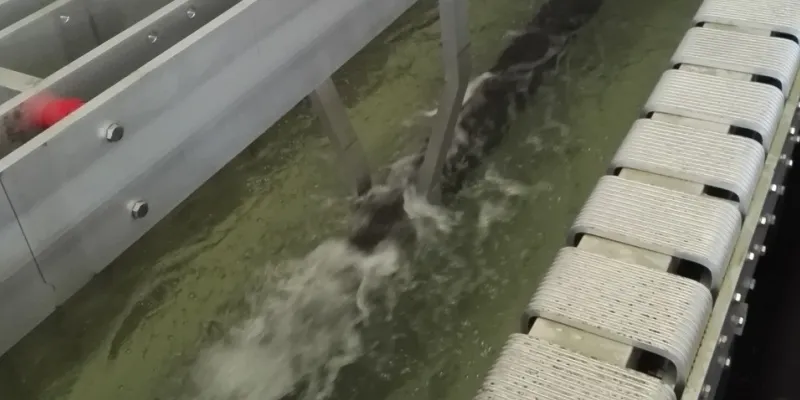
Step 9: Cutting
The stainless steel can now be cut to the desired size.
The most common methods are mechanical methods, such as cutting with guillotine knives, circular knives, high-speed blades, or punching with dies. However, for complex shapes, flame cutting or plasma jet cutting may be used as well.
The best option will depend on both the grade of steel requested and the desired shape of the delivered product.
Step 10: Finishing
Finishing is one of the last steps involved in the manufacturing process. Stainless steel is available in a variety of finishes from matte to mirror.
Common techniques include acid or sand etching, sandblasting, belt grinding, belt buffing, and belt polishing.
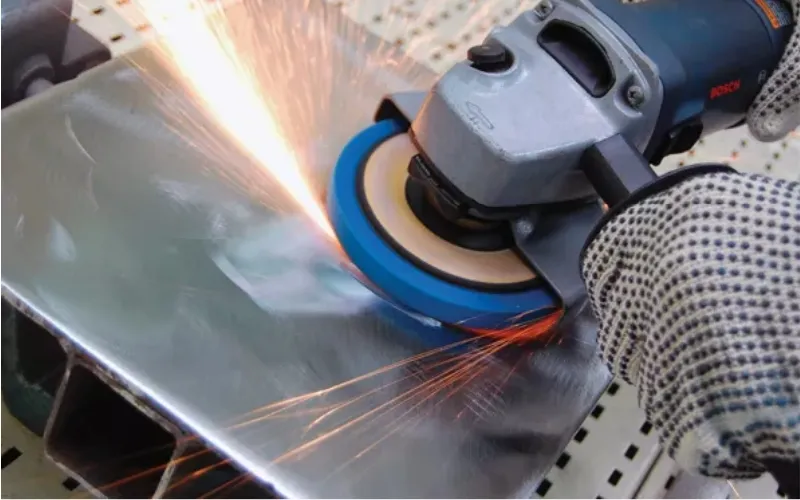
Step 11: Inspecting
Before being shipped, each batch of stainless steel must undergo chemical and mechanical testing to ensure that it meets the desired specifications. Here are two inspection methods:
1. Mechanical testing. Mechanical testing measures the physical ability of stainless steel to withstand loads, stresses, and impacts. Mechanical tests include the tensile, Brinell, and toughness tests described above in mechanical properties.
2. Chemical testing. Chemical tests check the exact chemistry of a sample before certifying the stainless steel grade. Chemical tests are usually carried out by non-destructive spectrochemical analysis. Corrosion resistance is of particular importance for stainless steel. Steel mills test and measure corrosion resistance with salt spray testing—the longer the steel remains unmarred by corrosion after exposure to salt spray, the higher the corrosion resistance.
At this point, stainless steel is gathered in its final form and readied for shipping to the customer.
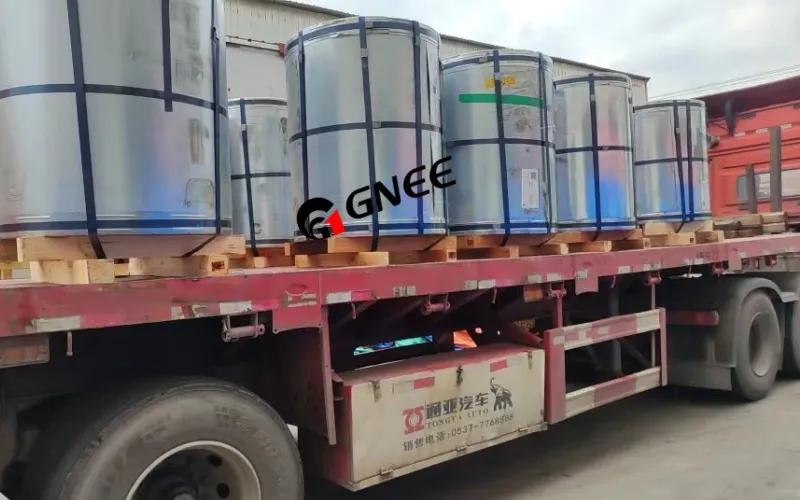
Looking For Professional Stainless Steel Fabricator
At Gnee Steel, we stock a wide range of stainless steel fabrications including tubes, coils, plates, and more. And we can cut metal to your exact specifications.
Visit our website today to find what you can buy.


